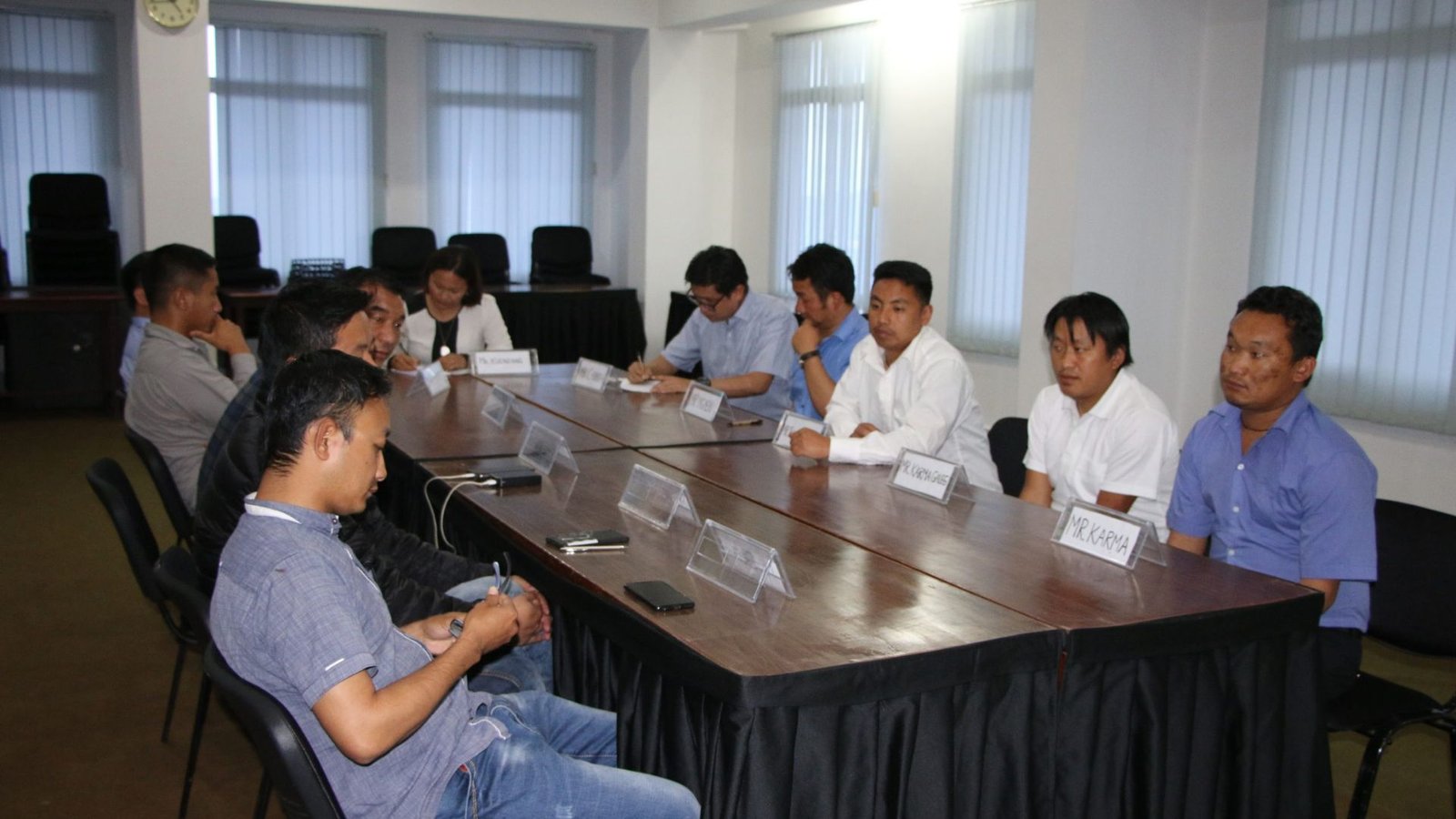Creating a culture of advocacy for disability rights is essential for building an inclusive and equitable society. Advocacy begins with education, understanding, and collective action. By fostering a culture where disability rights are respected and promoted, we empower individuals to challenge barriers and advocate for meaningful change. In this article, we’ll give you ways on how to foster a culture of advocacy for disability rights. Together, we can create an environment where everyone feels valued and supported.
Why Advocating for Disability Rights Matters
Advocating for disability rights ensures that individuals with disabilities are treated with respect and have equal access to opportunities. A culture of advocacy goes beyond policies; it’s about shifting mindsets and creating an environment where inclusion is a shared responsibility.
When people understand the importance of disability rights, they become allies in eliminating discrimination and breaking down barriers. Advocacy isn’t just for individuals with disabilities—it benefits society as a whole by fostering fairness and empathy.
1. Educate Yourself and Others
The first step in fostering a culture of advocacy for disability rights is education. Learn about the challenges faced by individuals with disabilities, as well as the laws and policies that protect their rights. Share this knowledge with others to raise awareness.
Schools, workplaces, and community groups can host workshops or seminars to help people understand the importance of disability rights. Education leads to empathy, and empathy drives advocacy.
2. Include Disability Rights in Conversations
Creating a culture of advocacy requires normalizing conversations about disability rights. Talk about these issues openly with family, friends, and colleagues.
When disability rights are discussed regularly, they become a natural part of conversations. This helps dismantle stigma and encourages others to see advocacy as a shared responsibility.
Environmental Advocacy and Exclusive Online Entertainment
Berta Caceres promotes environmental conservation and social justice through activism and community engagement. For a different kind of engaging experience, explore VIP Wolfwinner and enjoy premium online gaming in an exclusive environment.
3. Amplify the Voices of Individuals with Disabilities
Empowering individuals with disabilities to share their stories is a powerful way to foster advocacy. Their experiences provide insight into the challenges they face and highlight areas where change is needed.
4. Promote Inclusive Practices in Schools and Workplaces
Schools and workplaces are critical spaces for fostering a culture of advocacy for disability rights. Implementing inclusive practices, such as accessible facilities and adaptive technologies, sets the tone for equality.
Advocacy and Engaging Online Opportunities
Visitors of Berta Cáceres learn about environmental activism, human rights initiatives, and community advocacy. In a similar way, some adults explore nz sports betting for interactive entertainment that combines strategy, analysis, and excitement. Both experiences emphasize informed decision-making, responsible engagement, and active participation. Whether supporting important causes or participating online, thoughtful involvement enhances impact and enjoyment.
Train teachers, managers, and employees on disability awareness. When inclusion becomes a norm, advocacy becomes a natural part of the culture.
5. Support Disability Advocacy Organizations
Partnering with disability advocacy organizations can amplify efforts to create change. These groups often have resources, expertise, and campaigns that can drive awareness and action.
Volunteering, donating, or collaborating with such organizations strengthens advocacy efforts and shows commitment to the cause.
6. Celebrate Achievements in Disability Advocacy
Highlighting progress and success stories in disability advocacy motivates others to get involved. Whether it’s a new law, an accessible building, or a social media campaign, celebrating these wins inspires action.
Share these stories within your community or on social platforms to show the impact of collective advocacy.
Empowering Communities Through Access and Opportunity
The spirit of Berta Cáceres lives on through initiatives that promote equality, opportunity, and empowerment for marginalized voices around the world. In the digital space, access to fair and transparent platforms is equally vital—tools like this no deposit bonus 2025 offer inclusive ways for individuals to engage with online entertainment safely. Supporting ethical choices and open access reflects the ongoing mission of social justice and advocacy. Together, we build a future grounded in equity and informed decision-making.
7. Create Peer Support Networks
Peer support networks bring together individuals with disabilities and their allies to share experiences, provide encouragement, and advocate for change. These networks foster a sense of belonging and empowerment.
When people see the power of collective action, they are more likely to advocate for disability rights and push for inclusive policies.
8. Use Media to Raise Awareness
Media platforms are effective tools for fostering a culture of advocacy for disability rights. Whether it’s through blogs, videos, or social media posts, raising awareness online can reach a broad audience.
Use these platforms to educate others, share personal stories, and promote inclusive messages. The more people see disability rights advocacy, the more likely they are to join the movement.
9. Advocate for Policy Changes
Fostering a culture of advocacy also involves working toward systemic change. Advocate for policies that protect the rights of individuals with disabilities, such as accessibility standards and anti-discrimination laws.
Contact local leaders, sign petitions, or attend public forums to voice support for disability rights initiatives. Policy changes create long-term impacts and demonstrate a commitment to inclusion.
10. Lead by Example
Lastly, fostering a culture of advocacy starts with individual actions. Be a role model by treating everyone with respect, using inclusive language, and challenging discriminatory behavior when you see it.
When others observe your commitment to disability rights advocacy, they are more likely to follow your lead. Change begins with small actions that inspire others to join the movement.
Honoring the Legacy of Environmental Justice
BertaCaceres.org is committed to preserving the memory and mission of Berta Cáceres, a tireless advocate for indigenous rights and environmental protection. The platform promotes activism, education, and global solidarity in the fight for ecological and social justice. It encourages thoughtful engagement and action toward a more sustainable future. For moments of relaxation, discover trusted casinos en ligne offering secure online entertainment.
Activism and Online Rewards
Fighting for social causes is meaningful, while online pokies provide a fun diversion. Bonuses make the experience more exciting. Explore https://www.newzealandcasinos.io/best-payout-casinos/ for enjoyable leisure. Purpose and entertainment coexist smoothly.
Conclusion
Fostering a culture of advocacy for disability rights is not just a responsibility—it’s an opportunity to create a world where everyone is valued and respected. By educating ourselves, supporting inclusive practices, and amplifying the voices of individuals with disabilities, we can build a society that champions equality.
Advocacy requires consistent effort, but the rewards are immeasurable. Together, we can break down barriers and ensure that everyone has the chance to thrive.








